Bacti-nil® Aqua effectively prevents disease and promotes growth in trials with Pacific white shrimp and Nile tilapia
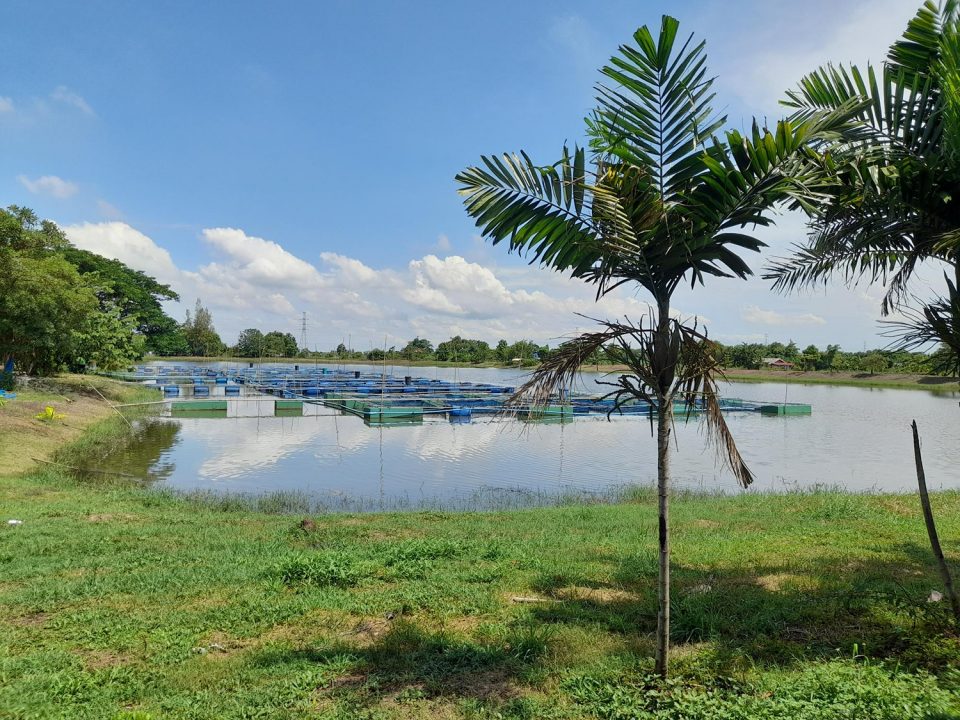
The continued growth of the aquaculture sector in recent years has generated numerous bottlenecks to make its expansion, transformation and intensification more sustainable, either from an environmental and economic point of view (Nathan Young et al., 2019).
One of the greatest productive limitations in fish farming is the impact of infectious diseases (Yanong et al., 2022). Among the possible infectious pathogens that could be problematic in the aquaculture world, bacterial diseases are considered the “great enemy” (Pridgeon et al., 2012), since in many cases, although not properly estimated and scientifically documented, they are found as secondary pathogens in concomitance or co-infection with important primary pathogens. Bearing in mind that aquaculture takes place in an aquatic environment full of potential bacterial pathogens and that farmed stock is subjected to high-stress levels, the chances of developing bacterial diseases, both simple and in conjunction with other pathogens are extremely high (Soliman et al., 2019)
For this reason, the development, validation and application of functional aquafeed additives that lead to the minimization of the impact of the major bacterial diseases in our aquaculture species is essential for sustainable development. And even more so today, in which the scientific community is focused on the search for valid alternatives to the use of antibiotics in animal production (Defroird et al, 2011; Ronghua et al., 2020).
This article presents information about the efficacy of a functional aquafeed additive based on a synergistic mixture of short-chain and medium-chain organic acids (Bacti-nil® Aqua) as a preventive strategy to reduce the impact of major bacterial pathogens in Nile tilapia (Oreochromis niloticus) and Pacific white shrimp (Litopenaeus vannamei).
In the case of Nile tilapia, this additive was evaluated in the control of Francisella orientalis infection, which is a highly pathogenic intracellular bacterial agent very common in low water temperature periods. In the case of shrimp, its efficacy was tested against the main causative agent of Acute Hepatopancreatic Necrosis Disease (AHPND), also known as Early Mortality Syndrome (EMS), a highly pathogenic strain of Vibrio parahaemolyticus. These two bacterial diseases have had devastating effects in both farmed species globally, pushing farmers, veterinarians and feed manufacturers to assess suitable and affordable preventive and therapeutic approaches (Kumar et al., 2021; Soto et al., 2021). Indirectly, Bacti-nil® Aqua also aims to reduce dependence on the use of antibiotics and minimize antibiotic resistances.
Bacti-nil® Aqua evaluation in Pacific white shrimp
The additive efficacy against a highly pathogenic field strain (M0904) of Vibrio parahaemolyticus from Mexico was tested in vivo. Pacific white shrimp (also known as whiteleg shrimp) specimens of 4 to 5 grams each were stocked in nine aquariums of 10-liter capacity at a density of 10 shrimp per aquarium, with saline water (35 ppt) and maintained at 29 degrees-C during the 24-hour experimental period. Infection by Vibrio parahaemolyticus was via immersion with a 50 mL inoculum per aquarium (1 x 108 CFU/mL). A commercial shrimp feed formula was top coated with the additive. A total of three groups were evaluated: 1) negative control (non-supplemented and non-infected; 2) positive control (non-supplemented and infected); and 3) Bacti-nil® Aqua at 0.3 percent (supplemented at 3kg per metric ton feed and infected). Shrimp were fed 15 minutes after infection and then every three hours.
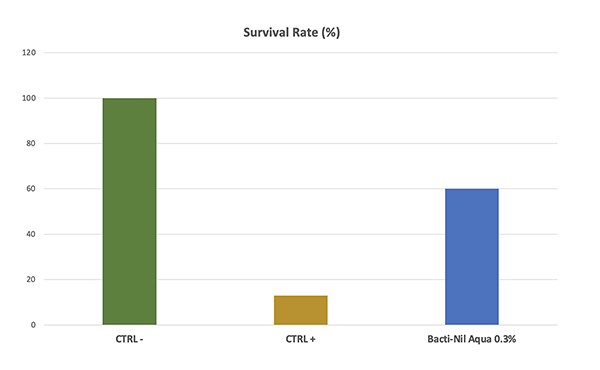
Symptoms of Vibrio parahaemolyticus infection such as reddish colouration of antenna, muscular opacity, discolouration of hepatopancreas and decubitus position, were detected one hour post-infection. Cumulative mortality was assessed 24 hours after infection. Survival of the positive control group was reduced to 13 percent, while it was almost five times significantly higher (60 percent) in the groups supplemented with the additive Bacti-nil® Aqua (Fig. 1).
Reported histopathological findings associated with V. parahaemolyticus infection include sloughing of the hepatopancreatic tubule epithelial cells and haemolytic infiltration because of toxin secretion (Li et al. 2017). These histopathological findings are consistent with the observations found in surviving animals at the end of the challenge. The positive control group (no additive) was characterised by cellular detachment of hepatopancreatic tubules and infiltration of haemolymph and haemocytes in the proximal intestine (Fig. 2). In contrast, these histological clinic signs were partly mitigated by the additive Bacti-nil® Aqua, because despite haemolymph and haemocyte infiltration, the structure of hepatopancreatic tubules was maintained.
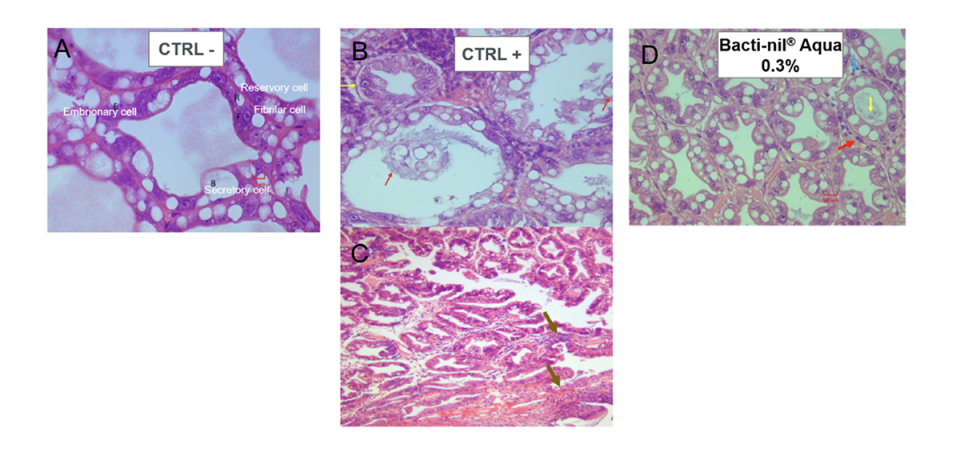
Bacti-nil® Aqua evaluation in Nile tilapia
Francisela orientalis was selected as a suitable candidate to evaluate the additive efficacy in minimizing the impact of infection. F. orientalis is a highly pathogenic, facultative intracellular bacterium, which provides a great opportunity to assess the efficacy of this additive both in extracellular and intracellular bacteria species. Francicellosis causes tissue lesions in internal organs and muscle, leading to high fish mortality, low growth performance and significant economic losses due to limited quality of the final product.
For the in vivo trial, Nile tilapia juveniles of 35 to 40 grams were acclimatized for seven days and received Bacti-nil® Aqua as a functional feed additive with an inclusion rate of 5 grams per kg of feed (commercial feed pellets for Nile tilapia were used for the experiment) during 20 days of acclimatization until the experimental infection. A field strain of F. orientalis was used for the challenge, and the route of infection was by immersion for three hours with a concentration of 1.5 × 107 CFU/ml. Three groups were established: 1) negative control group (no infection and no additive); 2) positive control group (infection challenge and no additive); and 3) additive treated group (infection challenge and additive application).
Tilapia specimens treated with Bactinil® Aqua had a mortality rate 26 percent lower than the positive control group (no additive; infected) as it can be assessed in Fig. 3.
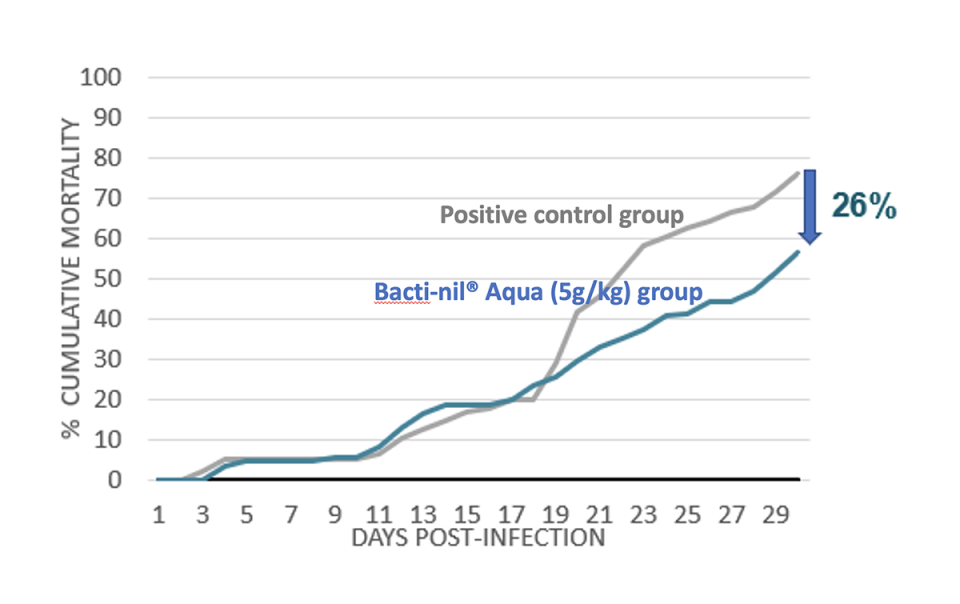
Conclusions
The results of our present study show the efficacy of Bacti-nil® Aqua in reducing the impact of AHPND in L. vannamei shrimp and Francisellosis in Nile tilapia. Functional additives play an essential role in this transformation process from an aquaculture sector based on the “cure” or “treatment” approach of infection to a “preventive” approach aiming to reduce the impact of disease.
Preventive application of functional aquafeed additives, along with optimal farm husbandry and biosecurity strategies, is a very valid option to minimize the impact of disease and reduce the use of antibiotics in aquaculture. With that in mind, Bacti-nil® Aqua has proved to be an efficient antimicrobial to reduce the impact of vibriosis and Francisellosis. Such direct antimicrobial efficacy is attributed to the synergetic combination of specific short- and medium-chain organic acids. Indirect benefits of supplementation include a better preservation of the immune response, reduced hepatopancreatic damage and growth-promoting action.
Overall, the use of this aquafeed additive is an effective tool to prevent disease and promote growth. Based on these experiences, the application of Bacti-nil® Aqua under production conditions in shrimp and tilapia has provided a remarkable reduction in the impact of bacterial diseases, and of cumulative mortality, and thus an increase of biomass and an improvement in farm profitability.
Author
-
Adisseo
This article was prepared by Ruth Garcia-Gomez, Merce Isern-Subich and Waldo Nuez-Ortin.
Tagged With
Related Posts
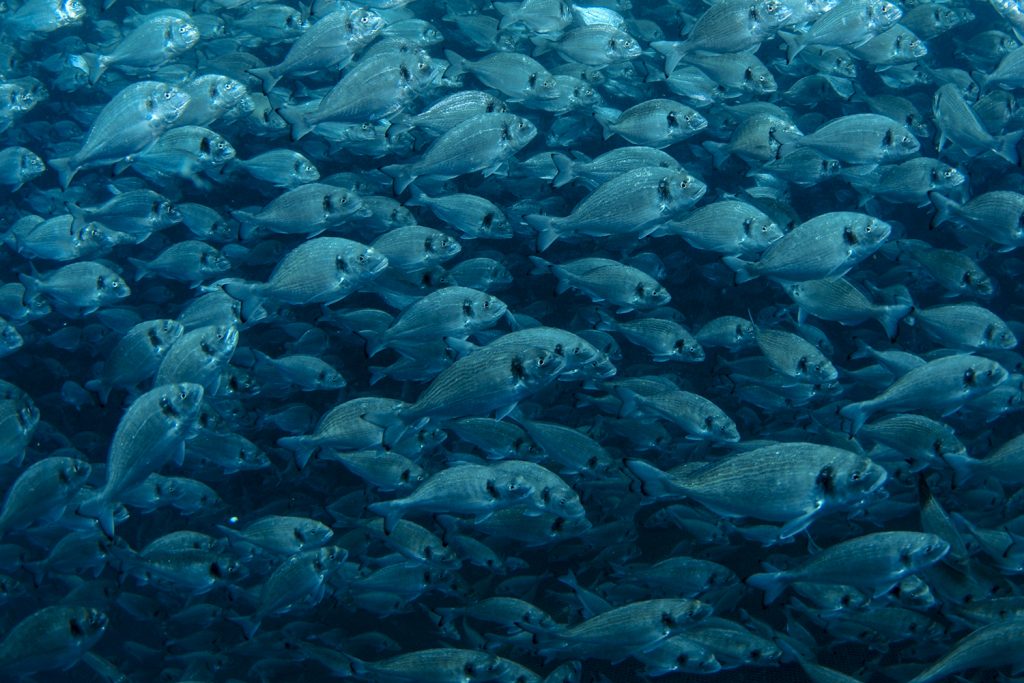
From Our Sponsors
Fish diseases hinder aquaculture growth and threaten global food security. Could this feed technology help secure the sector?
APEX® BRANCHIA – a functional feed additive from Adisseo – can reduce the impact of fish diseases and promote fish productivity and survival.


